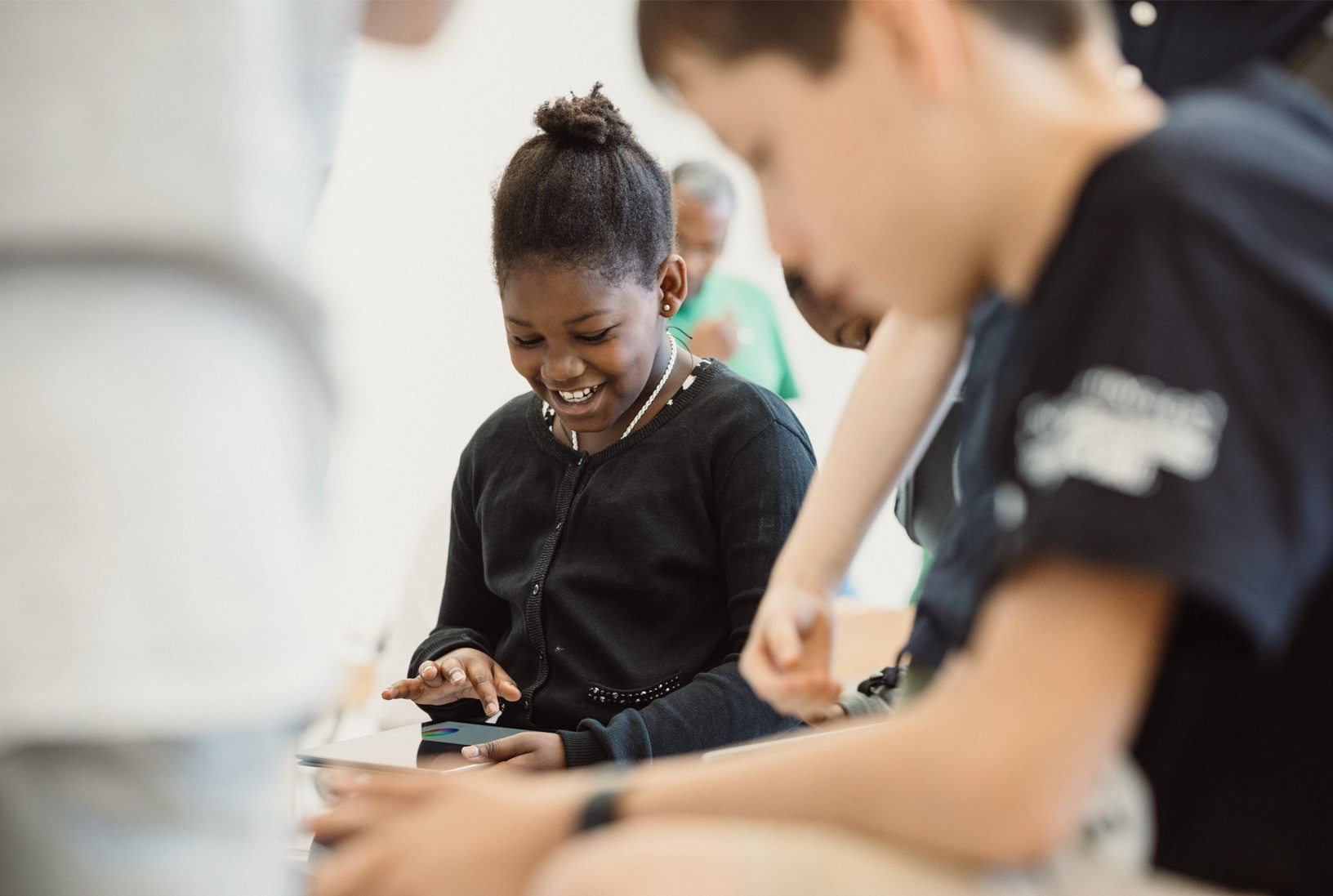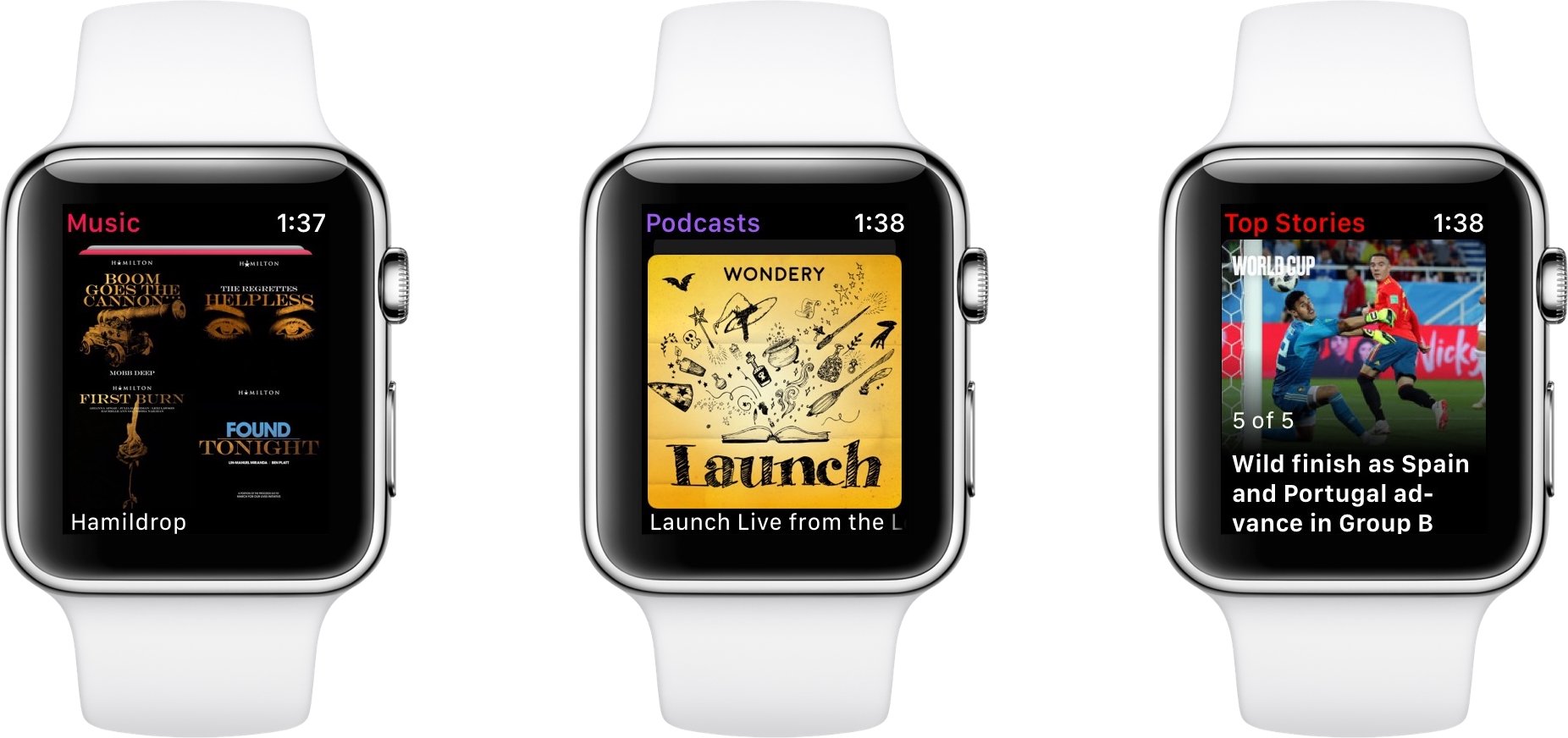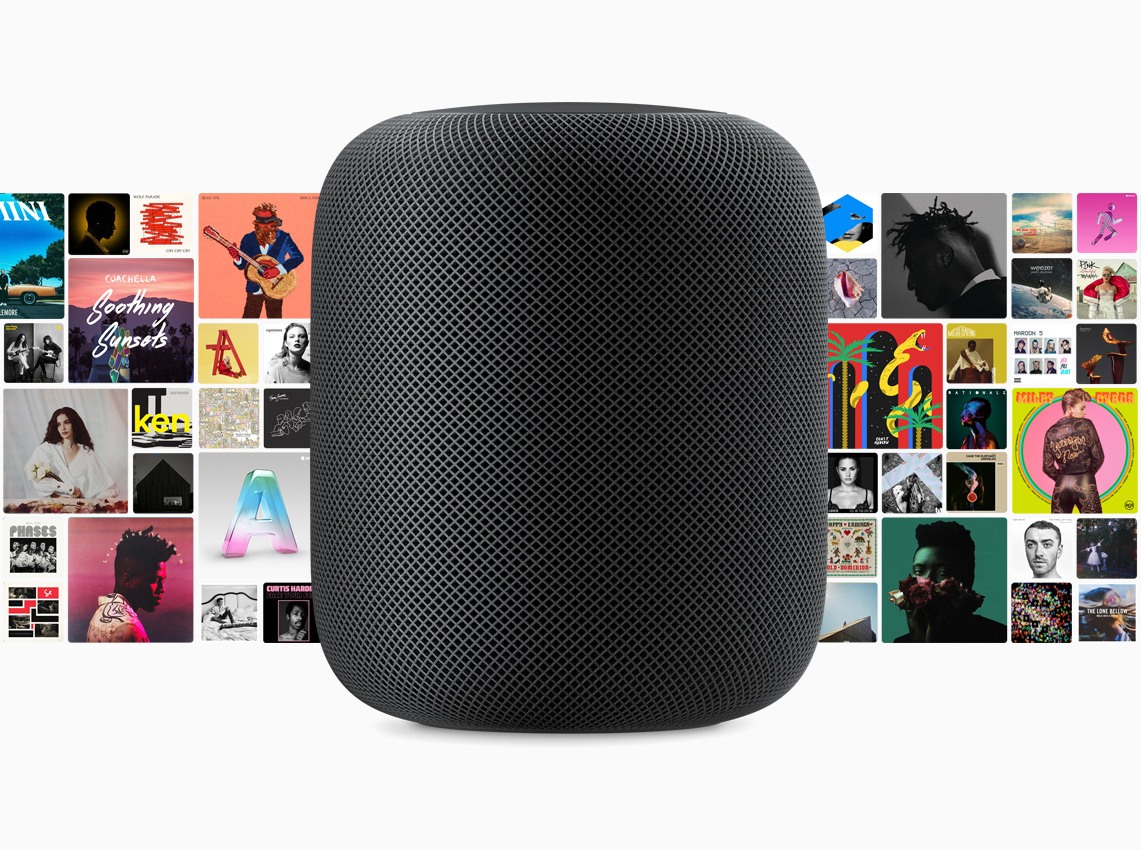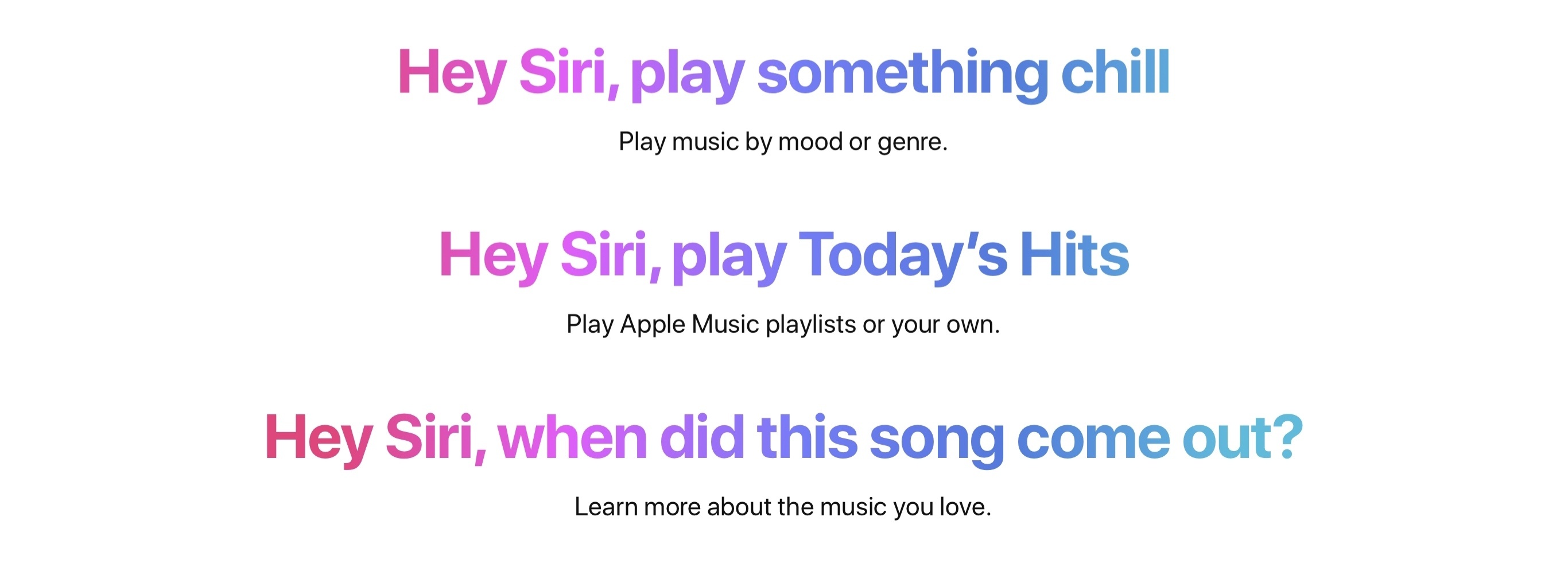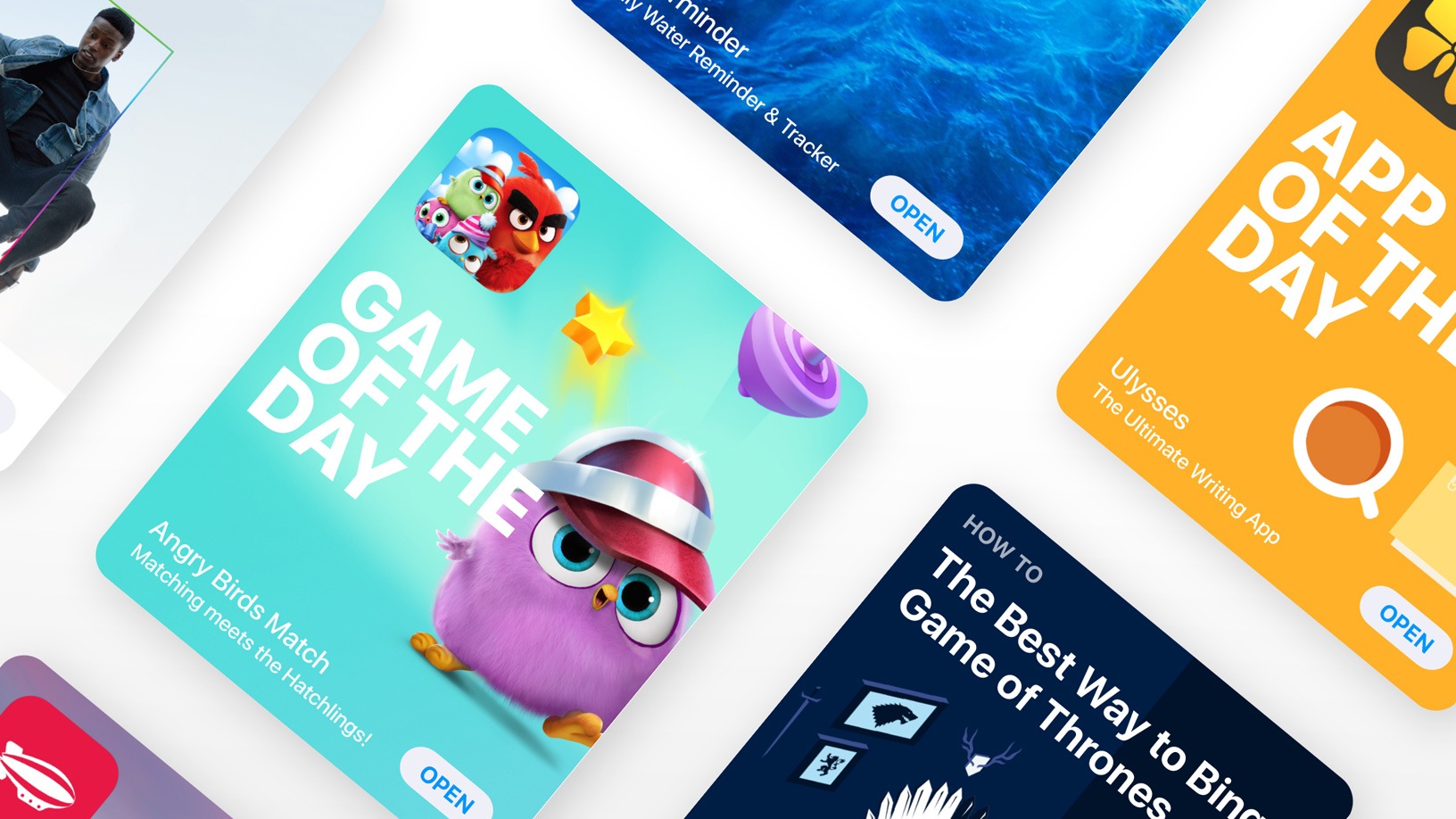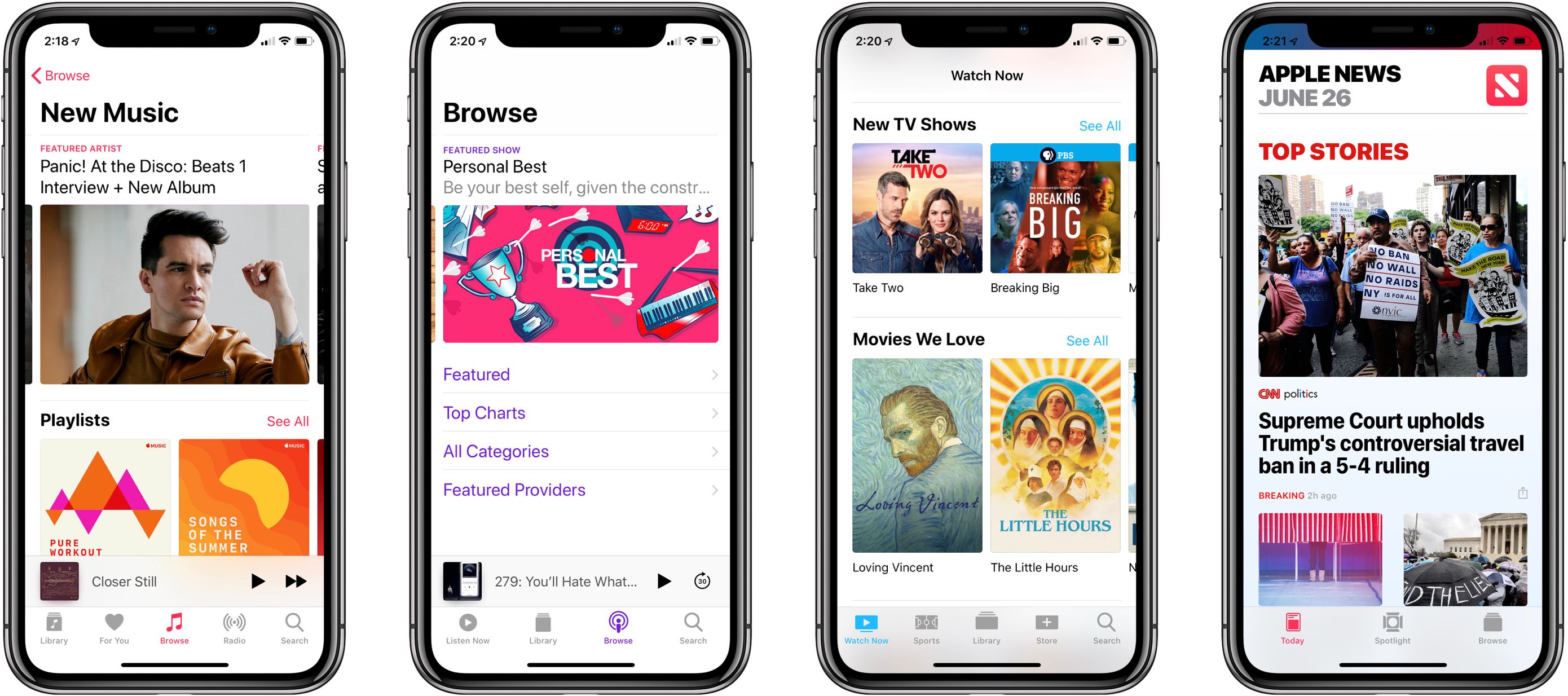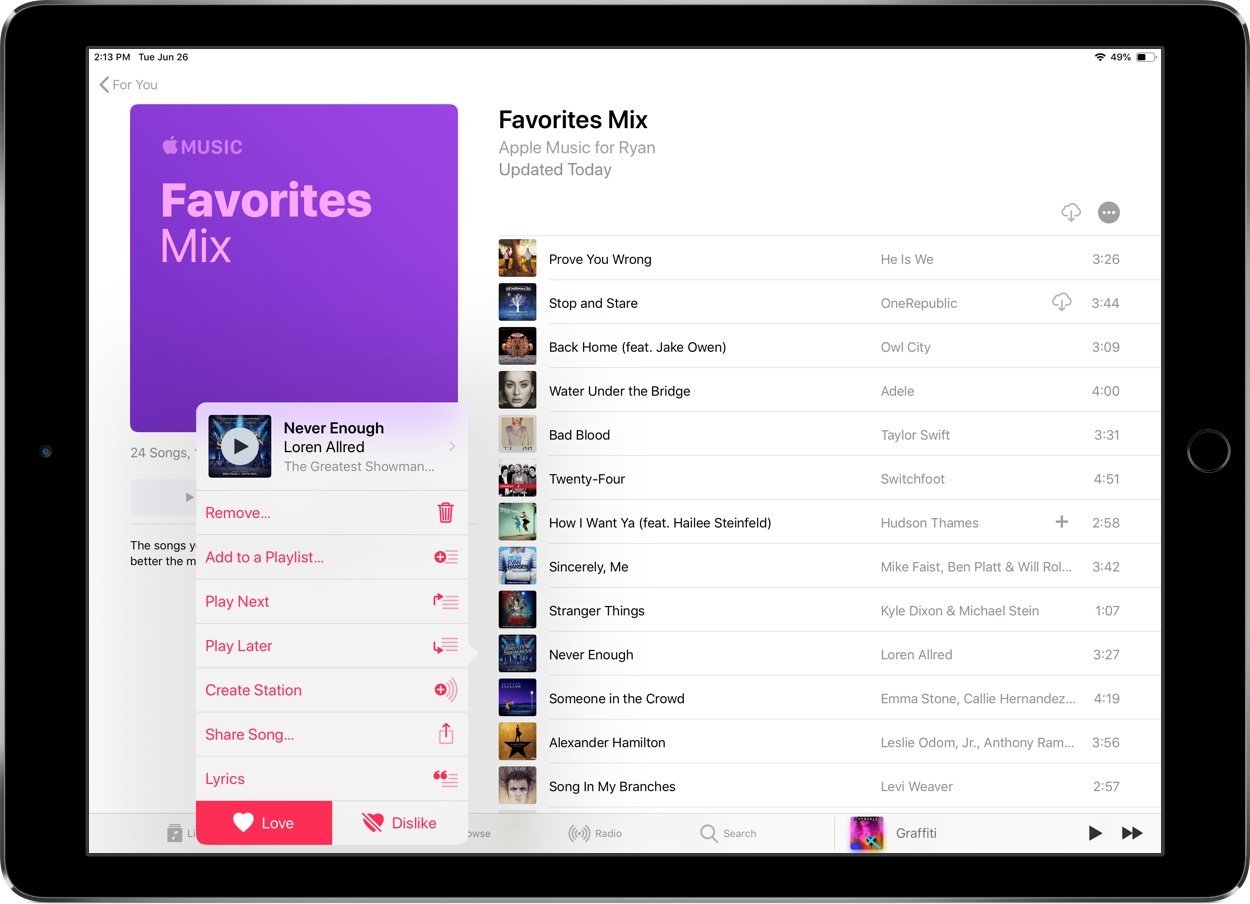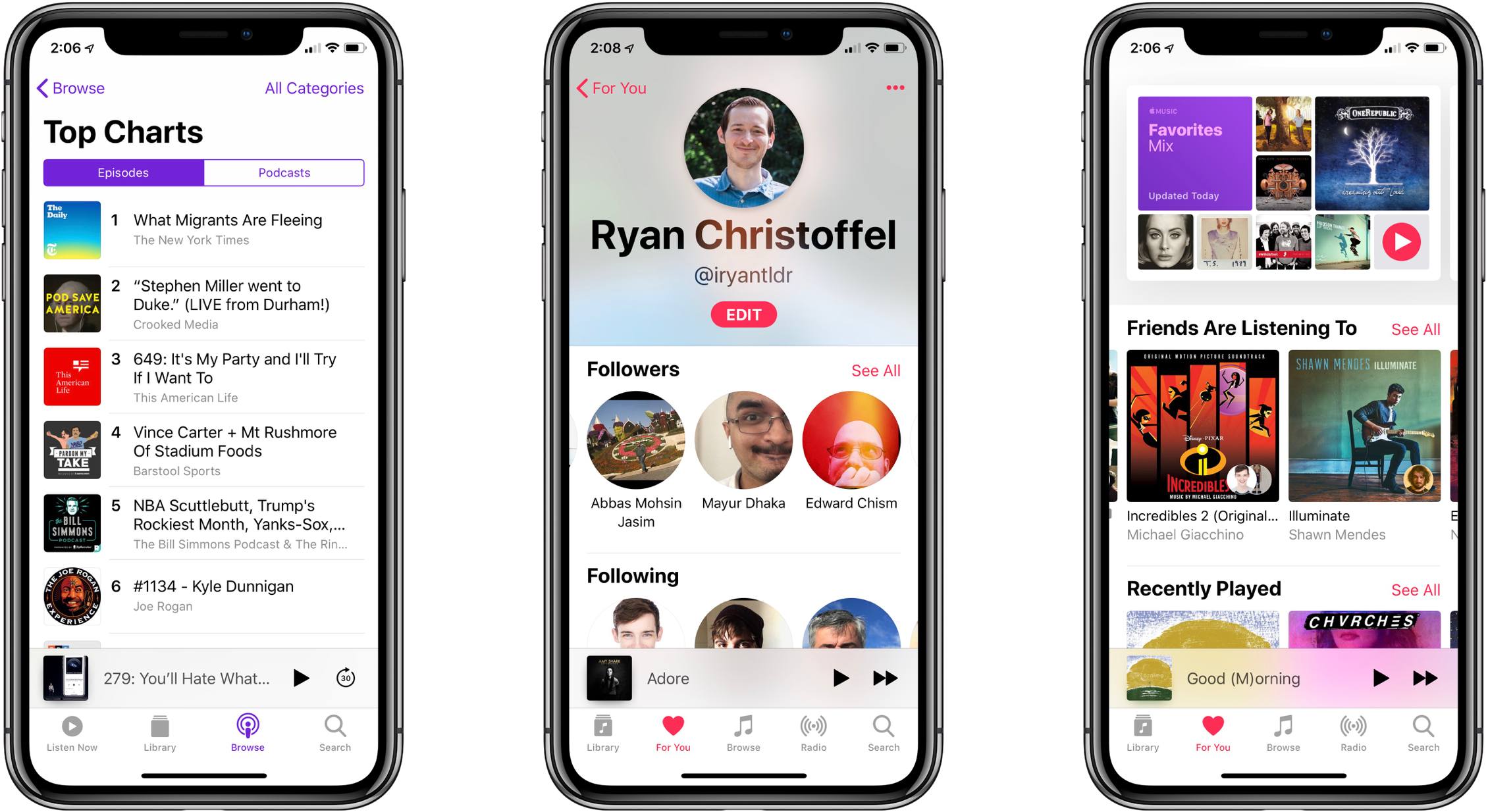Have you ever watched the construction of a new building while knowing nothing about what the finished product would be? You track its progress a piece at a time, clueless about the end goal until finally there comes a point when, in a single moment, suddenly it all makes sense.
Apple’s media ambitions have been like that for me.
In recent years, Apple has taken a variety of actions in the media space that seemed mostly disconnected, but over time they’ve added up to something that can’t be ignored.
- 2015: Apple Music and Apple News launched.
- 2016: Apple Music redesigned; TV app debuted.
- 2017: App Store revamped with dedicated games section; Apple Podcasts redesigned; TV app adds sports and news.
- 2018: Apple acquires Texture; iBooks redesigned and rebranded Apple Books.
- 2019: Apple’s video streaming service launches?
Apple already has control of the hardware that media is consumed on, with its ever-expanding iPhone business and suite of complementary products. It has invested significant effort into building the apps media is consumed in, as evidenced above. And finally, it’s also building the paid services media is consumed through.
And the company is doing these things at a scale that is unprecedented. Once not long ago, Apple’s primary media platform was iTunes. Now, hundreds of millions of users consume media every day through Apple’s suite of spiritual successors to iTunes:
- Apple Music
- Apple TV (the app)
- Apple Podcasts
- Apple Books
- Apple News
- And the App Store
Apple has one unified goal, I believe, driving all its media efforts: it aspires to utilize hardware, software, and services to provide the entirety of a user’s media experience. If you consume media, Apple wants to provide the full stack of that consumption, from media delivery to media discovery. My aim in this story is to share an overview of how that goal is being fulfilled today.
Media Delivery
With the lone exception of Apple Music,1 you need Apple’s hardware before you can use its software and services. But it’s a sure bet that if you own and love an iPhone, iPad, or Mac, you’re going to use that Apple device to consume media.
If you’re using Apple hardware to consume media, it makes sense to do so through a built-in app. The appeal of this may not be as strong if you have just one Apple device, but once you have several, it becomes so much simpler to stick with the apps that are already there. Both because it prevents needing to install third-party apps on multiple devices, and also because of the unified in-app experience Apple offers.
By sticking with Apple’s media apps, you get a look and feel that’s essentially uniform; no matter which app you’re using at any given moment, you’ll feel at home. Every Apple media app follows the latest stock iOS design trends and they all carry similar navigation options: TV’s Watch Now is akin to Podcasts’ Listen Now and Books’ Reading Now; News and the App Store’s Today tabs provide editorially-curated stories; also, Library and Search screens are ubiquitous across nearly all media apps.
These common ties aren’t iOS-only, either. The more you buy in to the Apple ecosystem, the more you benefit.
- The Music, Podcasts, and News apps on watchOS are more capable than anything the Watch’s App Store offers, because Apple’s teams have access to APIs that don’t exist for third-party developers.
- The one way to enjoy Apple’s TV app on the big screen is with an Apple TV device.
- Only Apple’s own audio products – Music and Podcasts – are natively built in to the HomePod; those two apps were also, unsurprisingly, AirPlay 2-ready when iOS 11.4 launched earlier this year.
If you use Apple apps, you can rest assured they’ll get priority integration with the rest of the Apple ecosystem, enabling watch, phone, tablet, and TV to all offer a unified experience.
Once a user relies on Apple’s hardware and software, paid services are the natural third step. Not only are the services baked right in to existing apps, but they also receive – to no one’s surprise – special ecosystem privileges.
Only Apple Music gets to natively integrate with Siri for hands-free control, and that’s a big advantage – even when it’s limited to a single context, such as the iPhone; throw in the HomePod, music control while driving, and AirPods integrations and Siri becomes even more important to the Apple Music experience.
We all know Apple has a video subscription service on its way, and there’s no doubt its home on iOS and tvOS will be the TV app. Eddy Cue recently hinted that Apple’s service would include “a technology angle that will be a ‘surprise’”. There’s a good chance that surprise will rely on the foundation of Apple’s existing hardware and software. If Apple makes its TV service available on third-party platforms, so as to reach the broadest possible user base, then perhaps this secret “technology angle” could be exclusive to Apple’s hardware and serve as a differentiator. The company could then score a win on two major fronts: it would be able to gain a large subscriber base, while simultaneously offering incentives that attract existing subscribers to Apple’s hardware products.
Apple recently acquired Texture, a service with specialties that appear a perfect fit for Apple News. Subscriptions already exist in Apple News for certain publications, but you have to pay a separate subscription for each news source, which isn’t the most appealing model to prospective buyers. What if Apple offered a bundled option supplemented by Texture’s partnerships – bringing quality stories to your iPhone, iPad, Mac, Apple Watch, and perhaps one day your Apple TV (video) and HomePod (audio) too? That might bring news subscriptions back in style.
Media Discovery
The Internet is increasingly filled with new content just waiting to be consumed, but sometimes finding that content isn’t the easiest thing. Apple has aimed to solve that problem by focusing its content discovery efforts on three areas: human curation, personalized picks, and social sharing.
Human Curation
The App Store’s Today tab is the most prominent example of strong human curation at Apple. Apple’s editorial team has done a fantastic job putting out interesting stories and app features on a daily basis. The App Store is chock full of wonderful creations, and even working for a site like MacStories, it’s hard to keep up with them all. Checking the Today tab every day has become one of my favorite ways to discover new apps and games.
For me there’s no topping what Apple has done with the Today tab, but their team has also put a ton of effort into discovery-related projects for Apple Music. The Browse tab has become one of my most dependable sources for finding new music: the featured section up top regularly introduces me to artists and albums I would have never otherwise found; curated playlists spanning different moods and genres are always top quality, and between A-List, Best, Essentials, and other playlist types, I rarely have to do work building my own playlists. Apple Music’s discovery experience is also boosted by a host of productions I don’t often take advantage of, but which make the service better as a whole – video interviews between artists and Zane Lowe, exclusive documentaries, and special Beats 1 shows and segments all fall into this category.
Though not as comprehensive outside the App Store and Apple Music, Apple’s human curation nevertheless extends across all its media apps to varying degrees. The Browse tab inside Podcasts has been a great way for me to discover new shows outside my normal tech sphere, and I rely on the Book Store listings in Books as a means of neglecting, or at times simply adding to, my existing reading backlog. TV’s Watch Now tab has introduced my wife and I to a ton of new shows through its curated sections, and every day the News editors’ selection of Top Stories keeps me informed about the biggest U.S. headlines. In all these cases, my main use of the apps is consuming content I already know about – the podcasts, books, movies, shows, and news I prefer – but the discovery features are a valuable supplement to my content diet.
Personalized Picks
Human editors can and should only do so much, which is why discovery through Apple’s media apps is also dependent on personalized picks: systems that learn what you like and dislike.
As its name implies, the For You section in Music is focused on serving content based on your tastes. There are still elements of human curation in For You, but its primary purpose is to make something useful out of the input you provide. When you love or dislike a song, the For You engine gets a better sense of your preferences and begins offering more fitting recommendations. In iOS 12, Apple added similar love and dislike options to the new Books app as a way of shaping its reading suggestions.
Discovery isn’t always about finding something new, often it’s simply about finding what’s next. When you’re wondering what to listen to, Music’s For You provides a healthy mix of new and old options selected for you, and to some extent by you. The New Music Mix, Favorites Mix, and Chill Mix playlists are strong examples of this; pair them with standby sections like Recently Played and Heavy Rotation, and recommended playlists and artists, and you have a host of tailor-fit options informed by your past activity and input.
The TV app’s Up Next queue has become my wife and I’s go-to for choosing what to watch next. Outside of the occasional Netflix show2, all scripted content (i.e. non-YouTube) for us lives in Up Next. When a new episode of one of our shows is available, it goes to the front of the queue; the same is true of iTunes movies we’ve pre-ordered upon their release dates. If there’s a show or movie one of us wants to save to watch later, we add it to Up Next for future viewing. And if it’s a slow season for new content, the neglected shows at the end of Up Next remain nearby as solid fallback options.
Social Sharing
Social is the final avenue of media discovery for Apple. In most of the company’s media apps, this is limited to a simple top charts list, which shows what’s popular among other users at a macro scale. I use top charts in the App Store more than any other app, but occasionally it’s been of benefit in Books, Music, and Podcasts too, particularly thanks to genre-specific charts.
More exciting to me than top charts is the assortment of social features added to Apple Music in iOS 11. Where top charts provide a broad view of social interest, Music’s social features focus on individuals: what are your friends listening to? What playlists have they created?
Unlike Apple’s past efforts at adding social components to its music products, iOS 11’s take actually works. It’s non-intrusive, requires no work on your part beyond setting up a profile, and it really does help with discovery. For You’s ‘Friends Are Listening To’ section, with friends’ photos accompanying the music they’ve recently played, does exactly what it needs to do. As I wrote earlier this year for Club MacStories3, I think features like this could extend perfectly to Apple’s other media apps. And since the whole system is run by Apple, users could activate social sharing for apps like Podcasts or Books without needing to set up another profile: just create a profile once, and friends can choose which media apps to follow you in.
It’s abundantly clear that Apple is becoming not just a hardware company, or a software and services company, but also a media company.
The amount of investment made so far into Apple media is significant, especially when considering the company’s history of priding itself on roads not traveled. Undoubtedly, Apple believes it needs to be deeply invested in the media market.
And frankly, I’m glad that’s true. The deeper I go into the Apple ecosystem, the more I find myself wanting to leave as little as possible. Third-party alternatives are fine, but they all come with drawbacks I have trouble getting over. Whenever I read inside Kindle, the in-app notification ads are grating; when I try a competing music streaming service, I miss Siri; apps like Google News are solid, but I find Apple News just a bit nicer; third-party video apps on tvOS are a nightmare compared to the TV app; and on the list goes.
While Apple certainly doesn’t get things perfect by any means, its team of designers and engineers seem to care about the same kinds of details I care about. As such, they do a better job building products that fit my own tastes.
I suspect this is true for a lot of Apple users. If you enjoy the comfort of Apple’s ecosystem, seeing that ecosystem extend into quality media experiences can only be good news.
Good news as a user, and most certainly good news for Apple, who stands to benefit more and more from an ever-growing place in its customers’ lives. Recently I wrote:
As Apple moves deeper into focusing not just on tech, but on media as well, it will have an increasing number of opportunities to use its apps and services to supplement a user’s experience of big events, such as other major sporting events, election seasons, and more. Applying the Apple ecosystem’s unified media and editorial services to the area of pop culture may seem like a small move, but it could become a product differentiator that users grow to love.
No other company has the necessary base of both users and products – spanning hardware, software, and services – to build a media platform like Apple’s. And with future improvements that are surely in the works now – new paid services, better integrations of existing products, and the weight of the Apple media platform brought to bear on the big events people care about – it will be hard for any prospective media contenders to catch up.
- It’s available on both Android and Windows. ↩︎
- Netflix is the biggest remaining holdout that doesn’t put content in Up Next. Fortunately, most of what we watch is found elsewhere, so our Netflix subscription gets cancelled and restarted at different times of the year. ↩︎
- In the Monthly Log issue for March 2018. ↩︎



